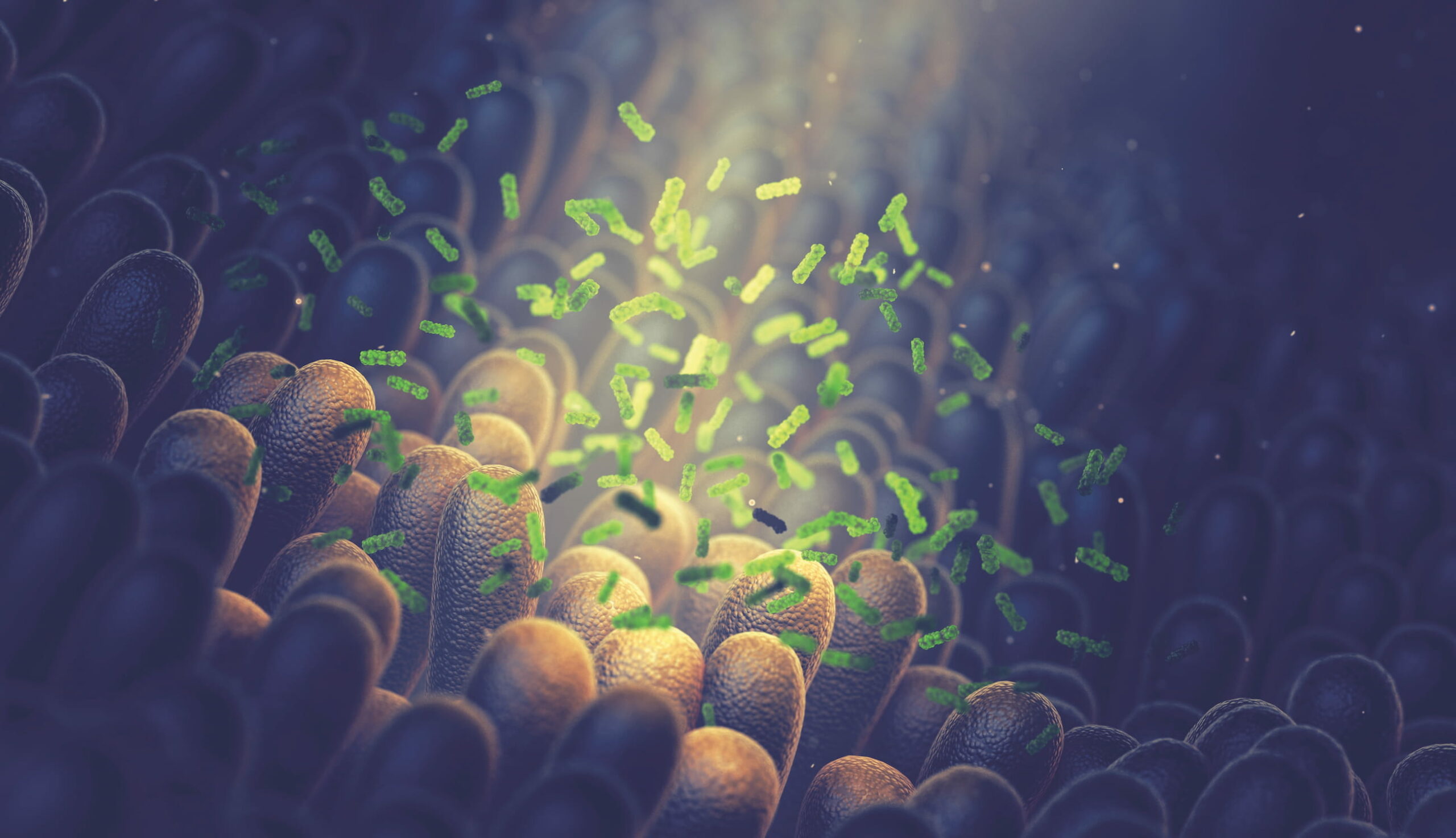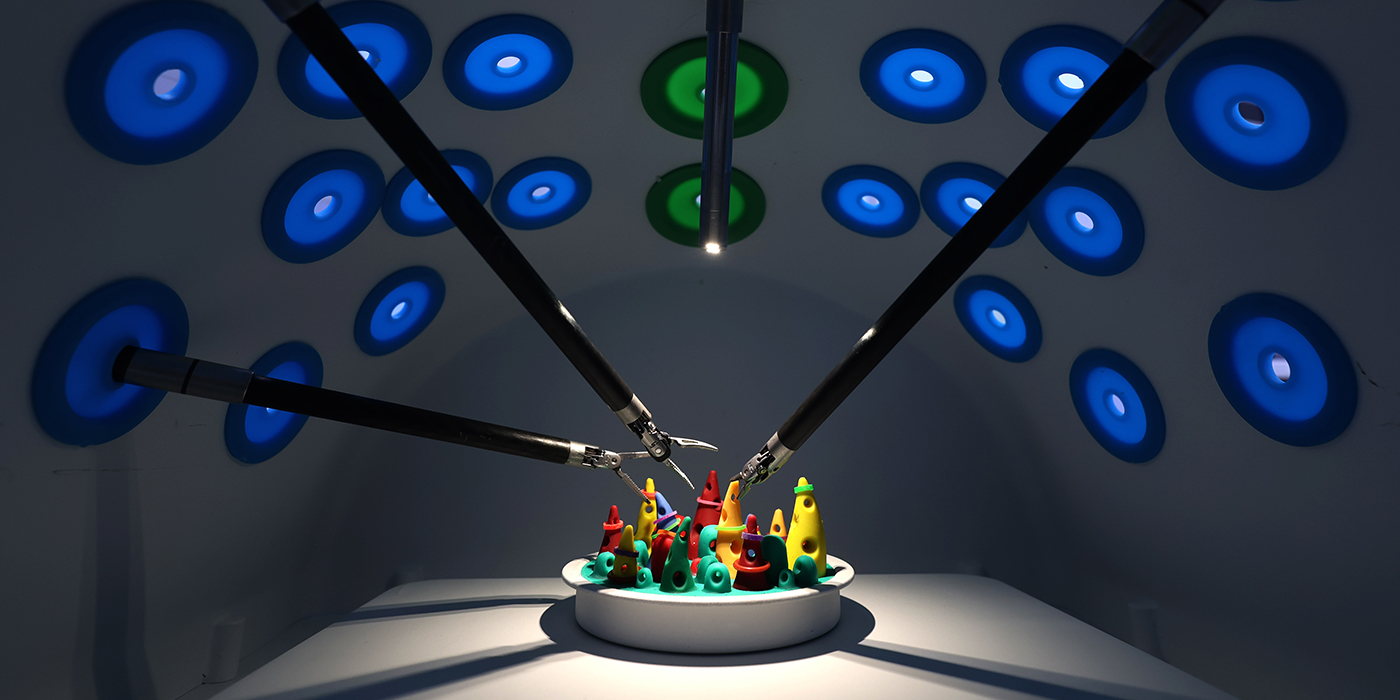Food allergies are no fun at all. They are estimated to affect about 2.5% of the global population, but some studies have found levels as high as 10%, and they can cause symptoms that range from the extremely uncomfortable, such as skin rashes and wheezing, to the extremely dangerous, such as anaphylaxis. In Hong Kong, shrimp are among the most common offenders, with shrimp allergy affecting about 1.05% of primary schoolchildren – and they’re the most common cause of severe allergic reactions. But shellfish allergies are prevalent almost everywhere, and shrimp is the most common cause.
That makes it important to be able to diagnose shrimp allergy – but unfortunately, that’s easier said than done. With a complex set of allergens potentially causing the condition, it’s hard to isolate which ones among them are causing problems for a particular individual. For that reason, existing methods of diagnosis, including skin prick tests and measurement of the blood level of the shrimp-specific IgE antibody, are not particularly useful, potentially generating false-positive rates of up to 80%.
“When we test for shrimp allergy the traditional ways, we just use an extract that’s a mix of different allergens, and we can’t control how much there is of each one, so they’re not very accurate,” says Professor Leung Ting-fan, Alice Ho Miu Ling Nethersole Charity Foundation Professor of Paediatrics from The Chinese University of Hong Kong (CUHK)’s Faculty of Medicine (CU Medicine).

A new study led by Professor Leung hopes to change that by identifying the individual allergens, with the hope of developing more accurate diagnostics that can help to address the condition. It looked at 85 people with shrimp allergy, defined as having experienced immediate allergic reactions to eating shrimp at least twice within the past five years, and identified 11 allergens in shrimp. The majority of people, who experience relatively mild symptoms such as hives or swollen lips, are only allergic to one or two of the allergens, says the professor, but patients with moderate to severe reactions tend to react to a lot of them.
One of them, glycogen phosphorylase, was observed for the first time in this particular study. Professor Leung and his team have previously identified three others among the 11 over the past two and a half years, adding to the seven that were already known. “Glycogen phosphorylase has a high molecular weight, and it’s rarely detected using conventional protein detection methods,” he says.
Professor Leung says he believes the process of discovering shrimp allergens is almost complete, possibly completely so. “We may see some more allergens in people in different continents; there might be a 12th or 13th, but we think the 11 we’ve found are the most typical among Asian populations.”
The study was a collaboration with Mahidol University and Samitivej Thonburi Hospital in Bangkok. The allergy team led by Professor Leung at CUHK works alongside a range of other research bodies in different countries around Asia on food allergies, depending on local expertise: with a team in Japan on fish allergy, where the condition is particularly prevalent, for example; similarly, shellfish is the leading cause of food allergy in Thailand.
The study observed geographical differences in the prevalence of the various allergens, even though they came from the same type of shrimp, the giant tiger prawn (Penaeus monodon), a common source of allergens. While genetics are one possible explanation, says the professor, the relative genetic similarity between the two populations makes them less likely to be the reason in this case than environmental exposure, in particular the differences between cuisines. “There’s growing evidence that the way we cook different foods changes the proteins in them. Boiling peanuts, for example, means that their allergen tendencies are reduced; but if they’re roasted, the allergens are preserved better. I think the same thing may apply to shrimp as well.”
In a parallel study, Professor Leung and his team are also looking into which allergens are carried by specific species of shrimp, and specifically the differences between freshwater and ocean species; results so far seem to indicate that the former contain fewer allergens than their saltwater cousins.
The aim now is to develop component-based specific IgE tests that are far more accurate than existing diagnostic methods. The University is working with leading allergy diagnostics company Thermo Fisher to develop what are known as ImmunoCAP assays – diagnostic tests for the various types of shrimp allergen. Professor Leung says he envisages a timescale of about two to three years before they’re commercially available. “I think it has very high commercial potential. Shrimp allergy is very widespread.”
It could also allow people to consume certain shrimp species, as long as they avoid the ones that contain the specific allergen or allergens that they personally are allergic to. With the better diagnostics enabled by Professor Leung’s studies, millions of people could be able to face the future free from the misery of allergic reactions and live a good quality of life.











